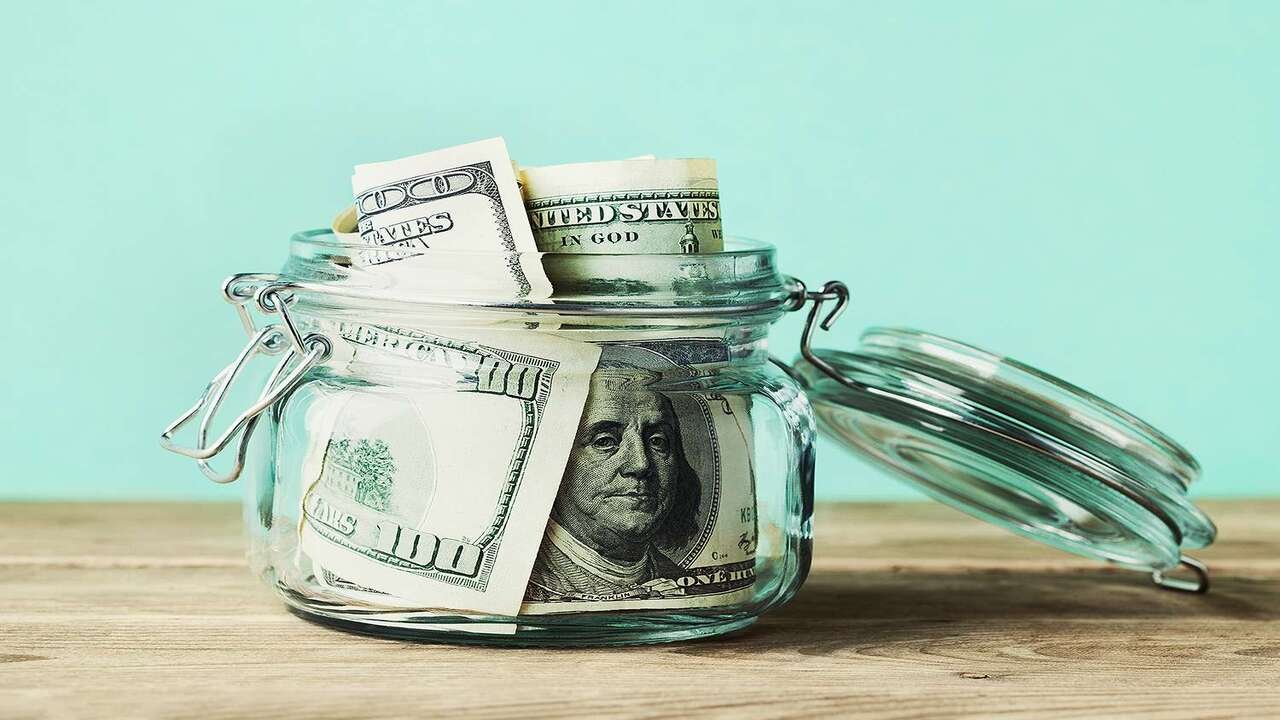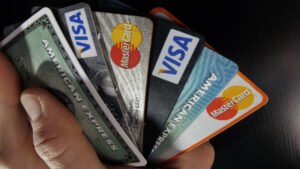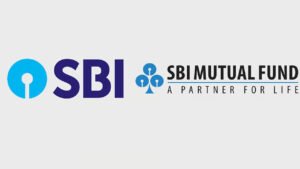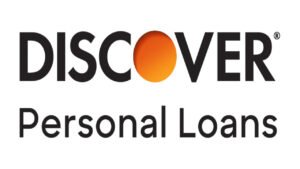How can you save money fast :Tips Actually Work in 2025
How can you save money fast In 2025, with inflation stabilizing but costs still high, saving money quickly requires smart, actionable strategies that align with modern economic realities.
Thank you for reading this post, don't forget to subscribe!Whether you’re aiming to build an emergency fund, pay off debt, or save for a major purchase, adopting practical habits can make a significant difference. This article explores proven tips to save money fast, drawing from expert advice and current trends to help you achieve financial stability in 2025.
From Budgeting techniques to leveraging technology and community resources, these strategies are designed to be realistic, effective, and sustainable.
How can you save money fast
1. Create a Zero-Based Budget
A zero-based budget assigns every dollar of your income to a specific purpose, ensuring no money is wasted. Start by tracking your income and expenses for a month using apps like YNAB, Mint, or PocketGuard.
Categorize expenses (e.g., rent, groceries, subscriptions) and allocate funds to essentials, savings, and debt repayment before discretionary spending. Review weekly to stay on track.
This method forces intentional spending, helping you identify and cut unnecessary costs, potentially saving hundreds monthly. For example, reallocating just $50 a week from impulse buys to savings yields $2,600 annually.
2. Automate Your Savings
Automating savings ensures you prioritize saving before spending. Set up automatic transfers to a high-yield savings account (offering 3.5–4.5% interest in 2025) each payday.
How can you save money fast For instance, transferring $200 monthly from a $3,000 paycheck to a savings account earning 4% interest could grow to $2,450 in a year, including interest.
Many banks allow multiple savings accounts for specific goals, like an emergency fund or vacation. Automation reduces temptation and builds consistency, making saving effortless.
3. Track and Cut Unnecessary Expenses
How can you save money fast Tracking expenses reveals spending leaks. Use apps like Moneyhub or your bank’s budgeting tool to monitor transactions. After a month, identify non-essential expenses, such as unused subscriptions (e.g., streaming services, gym memberships) or frequent takeout.
Canceling a $15/month subscription saves $180 yearly, while cutting two $10 coffee runs weekly saves $1,040. Replace expensive habits with free alternatives, like brewing coffee at home or exercising outdoors, to redirect funds to savings.
4. Implement the 24-Hour Purchase Rule
Impulse purchases can derail savings goals. Adopt a 24–72-hour waiting period for non-essential purchases. Add items to a list and revisit after the cooling-off period. How can you save money fast This strategy curbs emotional spending, as you may realize you don’t need the item.
For example, skipping a $50 impulse buy weekly saves $2,600 annually. Apply this rule to online shopping by scheduling one day a month for purchases, reducing temptation from retail emails or ads.
5. Use Cashback and Rewards Programs
Cashback apps like Rakuten, Ibotta, and Honey offer discounts and rebates on everyday purchases. In 2025, these platforms are more robust, integrating with grocery, travel, and retail purchases. For instance, earning 5% cashback on $1,000 monthly spending yields $600 annually.
How can you save money fast Combine with credit card rewards (e.g., 2% cashback on all purchases) for additional savings. Ensure you pay off credit card balances monthly to avoid interest, making these programs a free way to boost savings.
6. Shop Smart: Buy in Bulk and Off-Season
Buying non-perishables like toiletries or canned goods in bulk at stores like Costco or Sam’s Club reduces per-unit costs. For example, purchasing a $20 bulk pack of toilet paper versus $5 single rolls monthly saves $40 yearly.
How can you save money fast Shop off-season for clothes, holiday items, or electronics during sales (e.g., Black Friday, post-holiday clearances) to save 20–50%. Using browser extensions like Honey to find coupons further maximizes savings on planned purchases.
7. Cook at Home and Meal Prep
Dining out or ordering takeout is a major expense. In 2025, cooking at home remains a top savings strategy. Plan meals around grocery sales and batch-cook to save time. For instance, preparing five $3 lunches weekly instead of buying $10 lunches saves $350 annually.
How can you save money fast Incorporate budget-friendly stores like Dollar Tree for simple meals (e.g., fish stick tacos) to cut costs further. Using cloth towels instead of paper products and growing herbs at home also reduces grocery expenses.
8. Negotiate Bills and Switch Providers
Many service providers, such as internet, cable, or insurance companies, offer discounts if you negotiate. Call annually to request lower rates or switch to cheaper plans. For example, negotiating a $20/month reduction on a $100 internet bill saves $240 yearly.
How can you save money fast Compare energy providers for better rates and use smart thermostats to save up to $200 annually on utilities. Switching to LED lighting or unplugging unused electronics further cuts energy costs.
9. Embrace Minimalism and Declutter
Adopting a minimalist mindset reduces spending on non-essentials. Declutter your home and sell unused items on eBay, Poshmark, or Facebook Marketplace. How can you save money fast Selling $500 worth of items annually directly boosts savings.
Avoid lifestyle inflation by resisting the urge to match others’ spending, often fueled by social media. Practicing gratitude and focusing on needs over wants curbs impulse buys, freeing up funds for savings goals.
10. Leverage Community Resources
In 2025, community resources like food pantries, free classes, and career services can lower costs. Public libraries offer free books, movies, and digital tools, saving $100–200 yearly on entertainment. Attend free local events or use public transit to reduce transportation costs.
For example, carpooling or biking instead of driving saves $500 annually on gas and maintenance. Check for state-specific grants, like California’s Dream Fund, to support financial goals.
11. Impose a Self-Tax or $5 Bill Rule
Create a personal savings challenge, like taxing yourself $5 per ATM withdrawal or saving every $5 bill you receive. Stashing ten $5 bills monthly saves $600 yearly.
Alternatively, round up transactions to the nearest dollar and save the change via apps like Acorns. These small, consistent habits accumulate quickly without disrupting your budget, making them ideal for fast savings.
12. Take Advantage of Discounts
Use student, senior, military, or teacher discounts wherever available. Many retailers and services offer 10–20% off, saving $50–100 monthly on regular purchases.
Sign up for loyalty programs at grocery stores or pharmacies to earn points or discounts. For example, a 5% grocery loyalty discount on a $200 monthly bill saves $120 annually. Always ask about available discounts before purchasing.
13. Conduct a Subscription Audit
How can you save money fast Review recurring subscriptions quarterly to cancel those you rarely use. The average American spends $219 monthly on subscriptions, so cutting three $15 subscriptions saves $540 yearly.
Share streaming accounts with family to split costs, and consider ad-supported plans for lower fees. For example, switching to a $7 ad-supported Netflix plan from a $15 ad-free plan saves $96 annually.
14. Use High-Yield Savings Accounts
In 2025, high-yield savings accounts offer 3.5–4.5% interest, significantly higher than traditional accounts (0.5–1%). Moving $5,000 to a high-yield account at 4% interest earns $200 annually versus $25 in a standard account.
Online banks like Ally or Marcus often provide the best rates with no fees, making them a smart choice for maximizing savings growth.
15. Plan Free or Low-Cost Entertainment
Replace expensive outings with free activities, like hiking, picnics, or game nights. Many communities offer free museum days or festivals in 2025.
Borrowing sports equipment or renting movies from libraries saves $50–100 monthly compared to paid entertainment. Hosting potlucks instead of dining out further reduces costs while maintaining social connections.
16. DIY and Repair Instead of Replace
Learn basic DIY skills for home repairs or clothing mending to avoid replacement costs. For example, fixing a leaky faucet yourself saves $100–200 versus hiring a plumber.
Use YouTube tutorials or free community workshops to learn skills. Making natural cleaners with vinegar and baking soda saves $50 yearly on cleaning supplies, boosting your savings.
17. Set No-Spend Challenges
Commit to a no-spend week or month, where you only spend on essentials like groceries and bills. This challenge resets spending habits and highlights unnecessary expenses.
Completing one no-spend week monthly, saving $100 each time, adds $1,200 to your savings annually. Use the time to enjoy free hobbies like journaling or walking.
18. Maximize Health Insurance Benefits
Review your Health insurance plan to utilize free services, like preventive care or wellness programs. Scheduling annual checkups avoids costly medical issues, potentially saving thousands.
Negotiate medical bills or shop for generic medications to cut healthcare costs. For example, switching to a $10 generic prescription from a $50 brand-name saves $480 yearly.
19. Practice Financial Discipline with Goals
Set SMART (Specific, Measurable, Achievable, Relevant, Time-bound) financial goals, like saving $5,000 for an emergency fund by December 2025. Break it into monthly targets ($417/month) and track progress.
Clear goals maintain motivation and prevent overspending. Celebrate small milestones to stay committed without derailing your budget.
20. Take Advantage of 2025 Technology
How can you Save money fast Use fintech apps like Snoop or Monzo to track spending and set budget alerts. These tools categorize expenses and flag overspending, helping you adjust in real-time.
Free tax prep software or community tax clinics save $200–300 on filing fees. Explore 2025-specific programs, like local grants or financial literacy webinars, to enhance savings strategies.
Conclusion
Saving money fast in 2025 is achievable with intentional, practical steps that fit your lifestyle. By creating a zero-based budget, automating savings, cutting unnecessary expenses, and leveraging technology, discounts, and community resources, you can build a strong financial foundation.
Small changes, like cooking at home, negotiating bills, or adopting a $5 bill rule, compound over time, potentially saving thousands annually.
Start with one or two tips, track your progress, and adjust as needed to ensure long-term success. With discipline and the right tools, 2025 can be your most financially save year yet.













